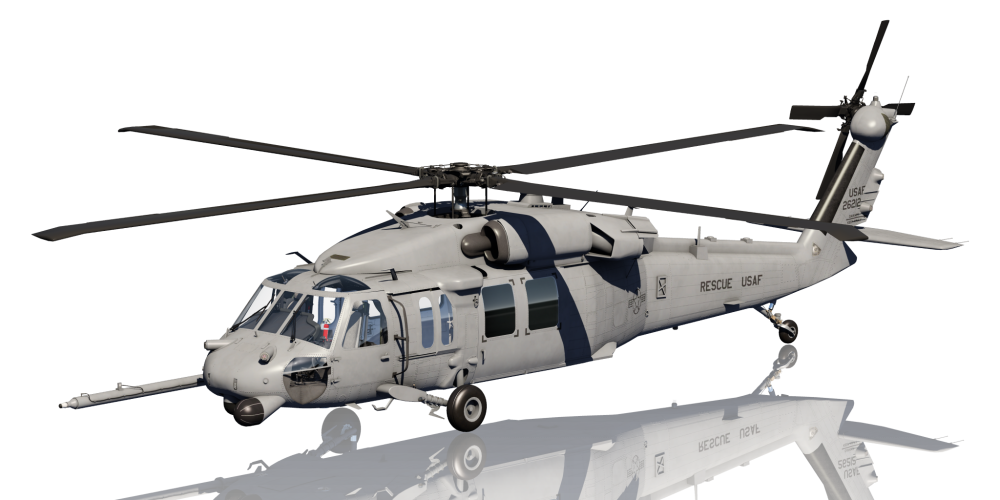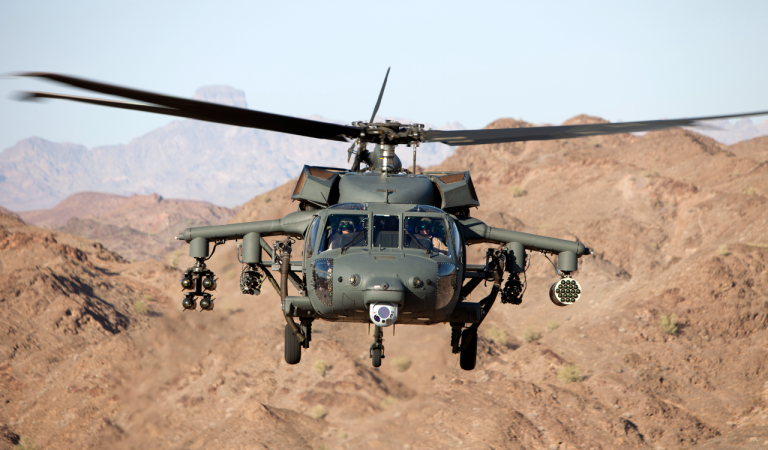The UH 60: A Check into Its Role in Modern-Day Military Missions
The UH 60: A Check into Its Role in Modern-Day Military Missions
Blog Article
Learn Regarding the Flexibility of the UH-60 Aircraft
The UH-60 aircraft stands as a testimony to engineering quality, demonstrating remarkable convenience across a range of altruistic and military procedures. As we explore the historic context of the UH-60 and its developing applications, it becomes clear that its relevance extends much beyond standard roles, triggering a closer assessment of its future potential in contemporary aviation and protection strategies.
History of the UH-60
The UH-60 Black Hawk helicopter has a fabled background that reflects developments in army aviation and the developing requirements of the united state Military. Created in the late 1960s by Sikorsky Airplane, the Black Hawk was designed to replace the older UH-1 Iroquois, typically known as the "Huey." The helicopter made its very first flight in 1974 and was formally presented right into solution in 1979.
The Black Hawk was developed to fulfill the Military's needs for a tactical transport helicopter efficient in carrying troops and supplies in a variety of operational atmospheres. Its style highlighted rate, ability to move, and toughness, making it suitable for a wide range of goals. The helicopter's innovative blades system and avionics substantially improve its performance compared to its precursors, allowing it to operate successfully in unfavorable weather conditions and at high elevations.
Throughout the years, the UH-60 has undergone numerous upgrades and alterations, guaranteeing its relevance in modern war. Because of this, it has come to be a sign of flexibility and reliability, offering in different capacities, consisting of medevac, logistics, and unique operations, both locally and globally.
Military Applications
Identified for its versatility, the UH-60 Black Hawk serves a wide variety of military applications that prolong far past its initial layout as a tactical transportation helicopter. Its durable airframe and advanced avionics make it an important property in different functional functions.
Among the main army applications of the UH-60 is its use in army transport, with the ability of bring approximately 11 soldiers or a combination of employees and cargo. This convenience is additionally boosted by its capability to perform medical discharge missions, allowing quick reaction to combat zone injuries with onboard medical employees and equipment.
The UH-60 likewise plays an essential function in reconnaissance and monitoring operations, outfitted with sophisticated sensors that give real-time intelligence. Its capability to run in diverse environments, consisting of damaging climate problems and at night, improves its efficiency in goals requiring stealth and precision.

Good Samaritan Goals

In recent times, the UH-60 Black Hawk has shown vital in altruistic goals, showcasing its capacity to deliver aid and support in crisis situations. Its flexibility permits fast implementation in diverse atmospheres, whether replying to natural disasters, disease outbreaks, or conflicts that displace populations.
The Black Hawk's ability to transfer personnel, medical supplies, and food is critical in emergency feedback circumstances. With its innovative navigating systems and robust design, it can operate in challenging problems, consisting of negative weather condition and rugged terrain, ensuring that help gets to those in requirement quickly.
Additionally, the aircraft's ability to carry out aerial evacuations facilitates the speedy removal of injured people from unattainable places, dramatically improving survival rates in emergencies. This capability has been demonstrated in various procedures, from earthquake alleviation initiatives to flood saves.
Furthermore, the UH-60 serves as a system for sychronisation amongst several agencies, boosting general effectiveness in altruistic operations. Its flexibility and dependability make it a keystone in worldwide relief initiatives, look at this site reinforcing the relevance of armed forces properties in worldwide altruistic actions. Overall, the UH-60 Black Hawk stands as an essential tool in resolving urgent human demands.
Technological Advancements
Various technological technologies have improved the capacities of the UH-60 Black Hawk, making it a premier platform for army and humanitarian operations. One considerable innovation is the integration of sophisticated avionics, that includes digital flight controls and boosted situational awareness systems. These innovations boost pilot efficiency and mission efficiency, permitting safer navigation in complicated settings.
The airplane's robust communication systems allow real-time information he has a good point sharing amongst devices, enhancing sychronisation throughout goals. In addition, the incorporation of composite materials in the airframe decreases weight while boosting durability, resulting in enhanced fuel effectiveness and haul ability.
The UH-60 additionally includes innovative rotor systems that provide exceptional lift and maneuverability, enabling it to operate in diverse conditions, including extreme temperatures and high altitudes. Furthermore, the inclusion of modern sensor technology permits improved reconnaissance and target identification, making the airplane functional in fight and non-combat circumstances.
Finally, the ability for modular mission equipment installment makes certain that the UH-60 can be quickly adapted to meet specific operational needs, enhancing its function as an essential device for humanitarian and military initiatives alike. These advancements collectively solidify the UH-60 Black Hawk's credibility as a modern airplane.
Future of the UH-60

Future iterations of the UH-60 will likely feature sophisticated materials and styles that enhance longevity while reducing weight, enhancing performance and gas efficiency. The integration of artificial intelligence and artificial intelligence will help with improved situational understanding and decision-making capacities, inevitably raising goal success prices. Recurring upgrades to communication systems will ensure smooth interoperability with various other platforms and allied forces.
With the increasing focus on multi-domain procedures, the UH-60's adaptability will allow it to sustain a vast array of missions, from army transport to medical discharge and reconnaissance. Furthermore, the potential for unmanned variants or boosted automation might further increase its functional capabilities.

Conclusion
The UH-60 airplane demonstrates phenomenal adaptability across different operational contexts, strengthening its role in army and humanitarian efforts. UH 60. Its flexibility to several goals, integrated with innovative technological technologies, guarantees optimum performance in diverse settings. As the demands of contemporary war and crisis action evolve, the continued growth of the UH-60 will be important. This airplane's enduring relevance in army aviation highlights its essential contribution to tactical protection and emergency situation operations.
The UH-60 aircraft stands as a testament to design quality, demonstrating exceptional flexibility throughout a spectrum of military and altruistic operations.The UH-60 Black Hawk helicopter has a storied background that reflects advancements in military aviation and the developing requirements of the U.S. Army. In general, the UH-60 Black Hawk stands as an important tool in attending to urgent human requirements.
Various technological developments have enhanced the capacities of the UH-60 Black Hawk, making it a premier system for humanitarian and military operations.The UH-60 airplane shows outstanding adaptability throughout various operational contexts, strengthening its function in armed forces and humanitarian efforts.
Report this page